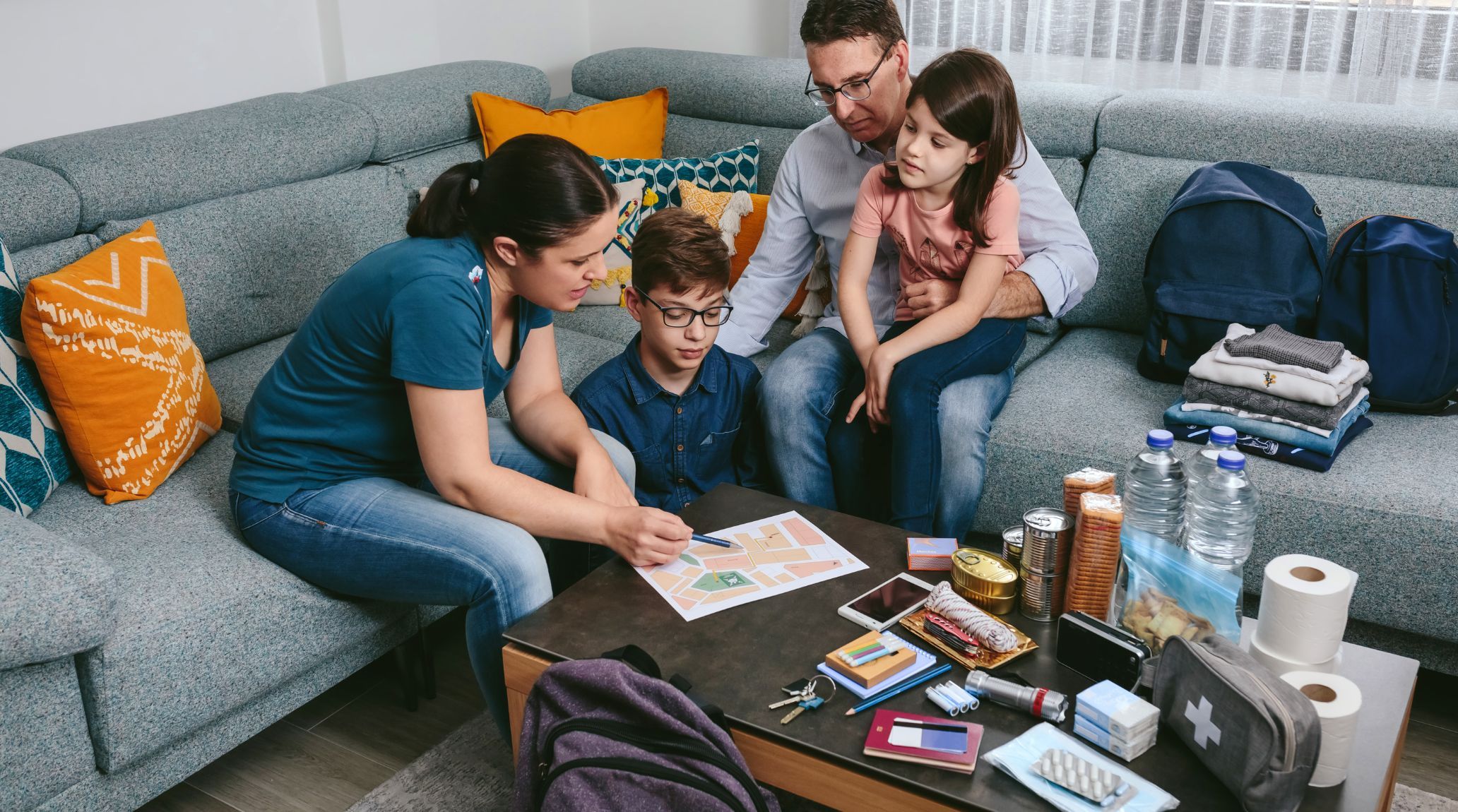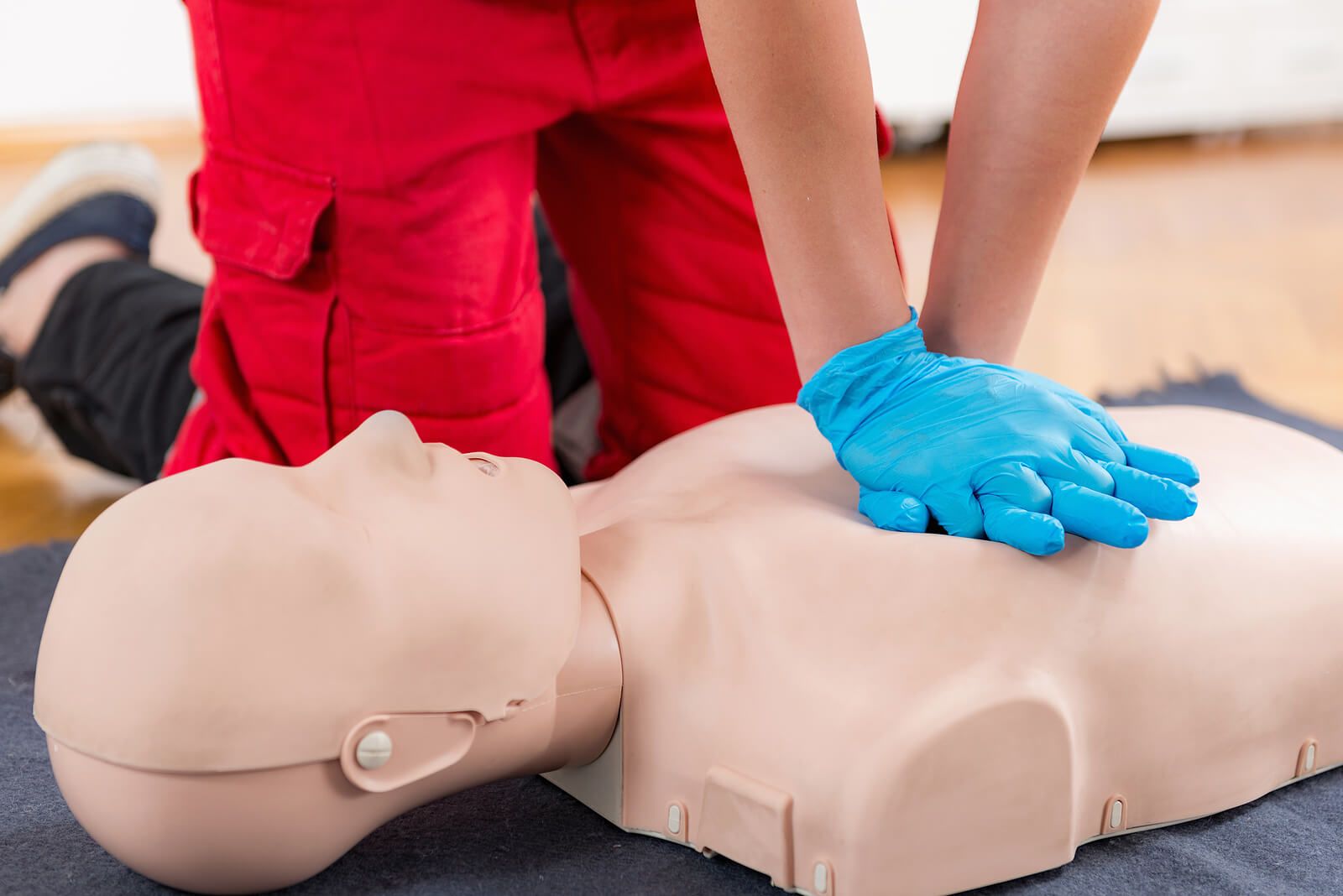
“
As parents and caregivers, ensuring the safety of our children in unexpected situations is paramount. Whether it's a natural disaster, medical emergency, or unforeseen event, preparing our children with the right knowledge and skills can make a significant difference. In this article, we will explore essential tips and guidelines to empower your child to stay safe during emergencies. 1
1
1
1
”
In emergencies, staying calm is crucial as it allows children to think clearly and make rational decisions under pressure. This emotional stability helps them respond effectively to the situation and seek assistance without panic.1
Memorizing important phone numbers, like those of parents, guardians, and emergency services, ensures access to help when needed. Teaching children to dial emergency services like 911 enables them to communicate about emergencies.2
Regular fire drills at home and school teach kids the importance of fire safety and how to evacuate safely in case of a fire. Practicing evacuation routes and meeting points prepares children to respond calmly and swiftly during actual fire emergencies.3

Knowing basic first aid skills like how to apply bandages or perform CPR can save lives during emergencies. These skills empower children to provide immediate assistance to themselves or others until professional help arrives.
Building and maintaining an emergency kit with essentials such as water, non-perishable food, and a flashlight prepares kids for unexpected situations. Having essential items readily available ensures children's safety.4
Learning to recognize and respond to weather alerts helps children prepare for severe weather conditions like storms or hurricanes. Being informed allows them to take appropriate safety measures and seek shelter in advance.5
Understanding evacuation routes and procedures in places like schools or public spaces ensures safe and orderly evacuations during emergencies. Following designated routes minimizes chaos and helps maintain safety.6
Teaching children to use whistles or signals can help them attract attention and alert rescuers to their location if they are lost or in danger. These auditory and visual signals increase the likelihood of being located quickly in emergencies.7
Keeping informed about local emergency protocols and community resources prepares kids to respond effectively to different types of emergencies. Understanding where to find help and how to access it enhances their ability to stay safe.8
Teach children to stay calm if they get lost and to seek help from a trusted adult. Explain that they should look for uniformed personnel or other reliable figures and avoid approaching strangers. 9
Understanding how to turn off utilities like gas, water, and electricity can prevent accidents and minimize damage during emergencies. This knowledge empowers children to take immediate action to secure their environment.10

Establishing a family meeting point in case of separation helps reunite children with their caregivers quickly and safely. Having a designated meeting place ensures everyone knows where to go for safety and reassurance.
Teaching kids how to care for and evacuate with pets during emergencies ensures the safety of beloved animals. Including pets in emergency plans reduces stress and ensures their well-being during challenging situations.11

Drinking water helps prevent dehydration, especially during prolonged emergencies or outdoor activities. Proper hydration supports overall health and enables children to maintain their energy levels during stressful situations.
Explain that emergency kits are essential for handling unexpected situations. They should include items like first aid supplies, medications, a flashlight, batteries, water, non-perishable food, and important documents.12
Geofencing technology lets parents set virtual boundaries on their children’s smartphones. If the child moves outside a designated safe zone, an alert is sent to the parent’s device, helping them monitor and ensure their child's safety.13
Teach children how to swim and emphasize the importance of never swimming alone. Ensure they always swim with a buddy or under adult supervision to enhance safety and prevent accidents in the water.14
Smartwatches and other wearables can track a child's location, heart rate, and activity levels. Some devices even have emergency buttons that can alert parents or emergency services.15
Knowing basic self-defense techniques empowers children to protect themselves from physical harm in threatening situations. These skills build confidence and promote personal safety in encounters where physical defense may be necessary.16
Practicing lockdown drills and knowing how to stay calm and quiet during emergencies like intruders or active shooters promotes safety. Maintaining composure and following safety protocols are crucial for safety.17


